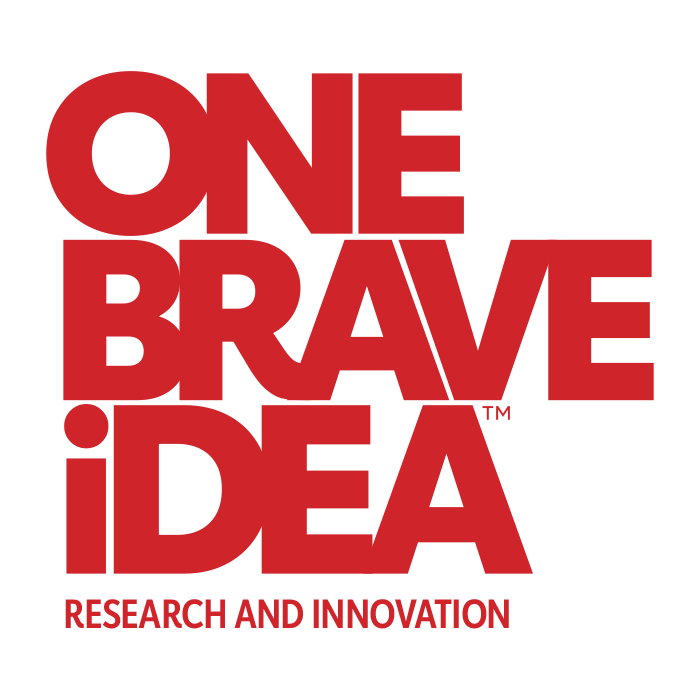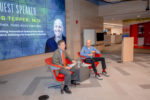Robert Tepper, MD PhD, has catalyzed innovation throughout his career as a physician scientist, biotech R&D leader and most recently as the co-founder and Partner of Third Rock Ventures. He joined a One Brave Idea Phenotype Phorum recently for a discussion on the ecosystem needed to spur biotech innovation.
After graduating from Harvard Medical School, Tepper did post-graduate training in Medicine and Hematology/Oncology at MGH, and served as a Chief Medical Resident. Before co-founding Third Rock Ventures in 2007, he was President of R&D at Millennium Pharmaceuticals, and a faculty member at the MGH Cancer Center for several years before that. His experiences have made him much sought after as an advisor, and he is a member of the Research Advisory Council of MGH, as well as advisory councils of the NIH Human Genome Initiative (HGI) and National Center for Advancing Translational Sciences (NCATS).
Tepper discussed what he thinks are the key components of the ecosystem needed to bring a promising technology forward towards commercialization and patient care:
People– the importance of socializing concepts across individuals with complementary expertise and backgrounds (e.g., physicians, biologist, chemists, engineers, drug developers). At Third Rock, Tepper said they sometimes form a “team of rivals” (e.g., academic competitors) to pressure test ideas.
Places– do people “vote with their feet” and relocate (physically, and with their time) to join the effort? At the same time, it is crucial to break down self-imposed boundaries (e.g., avoiding the mindset of wanting to keep the effort inside “my hospital” or “my company”).
Capital– capital investments must be of an appropriate scale to reach an inflection and decrease the risk of futile cycles.
Tepper also shared a 1939 letter from Albert Einstein to President Roosevelt, in which Einstein suggested that the President should consider appointing a liaison to help coordinate the efforts of the US government with those of academic laboratories working on nuclear chain reactions, and also perhaps solicit additional funding from private individuals or industry. Modern readers might discern an early example of a “program manager” role and the confluence of government, academic and private funding to support huge scientific undertakings. (At its peak, the Manhattan Project involved approximately 130,000 Americans, or about 0.1% of the US population.) This anecdote reinforced a point that Tepper frequently returned to: the need to bring diverse people together around important ideas, avoid parochial thinking, and draw upon complementary expertise wherever it may be found.










